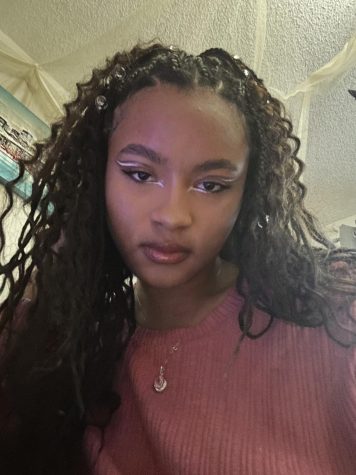The Rise of the “Clean Girl Aesthetic”
The Viral “Clean Girl Aesthetic Causes Backlash from Communities of Color

April 21, 2023
The “clean girl aesthetic” is surging on Tiktok; “clean girls” are described as effortlessly beautiful, wearing gold jewelry, preferably gold hoops, and slicked-back hair in a bun with edges laid. One might wonder why this trend is a big deal or even harmful, though the clean girl aesthetic is now associated with the image of white upper-middle-class women, which completely negates the history of the aspects of the aesthetic. Women at the top of the clean girl aesthetic hashtag on Tiktok and Instagram are either skinny white women or biracial women with Eurocentric features and loose textured curls. The history where Black women were called ghetto for wearing gold hooped jewelry, a record where Black and Brown women had to use brown eyeliner as a lip liner because of lack of inclusivity in the beauty industry. The history where South East Asian women used amla oil to grow and slick back their hair-into tight buns. Not only does this trend ignore the treatment women of color have experienced, but it also reeks of fatphobia.
Influencers and brands cannot continue to market their products under the clean girl aesthetic because it leads to erasing the beauty industry’s past. The effects of this trend are already being seen in the Black hair care industry, where Black people are experiencing reformulations of staple products that keep their hair healthy. For example, on January 11, 2023, Mielle Organics, a company revered in the Black hair care community, was bought by Proctor and Gamble Beauty. These Black-owned brands being purchased by these brands like P&G are harmful to the communities of color because their products are known for having carcinogens and hurt the overall health of people with kinky curly hair textures. Moreover, when white women buy these products meant for Black hair care, it can lead to the products being sold out or experiencing price increases, which causes these products to become inaccessible to the audience that relies on products that are marketed for their hair texture. Black women already have a limited section in Big Box Stores such as Target, where Black hair care is only given a small area compared to the aisles of products dedicated to straight and wavy hair textures. Social media trends generally fade away after a month, however the “clean girl aesthetic” has real life negative consequences for women of color.

